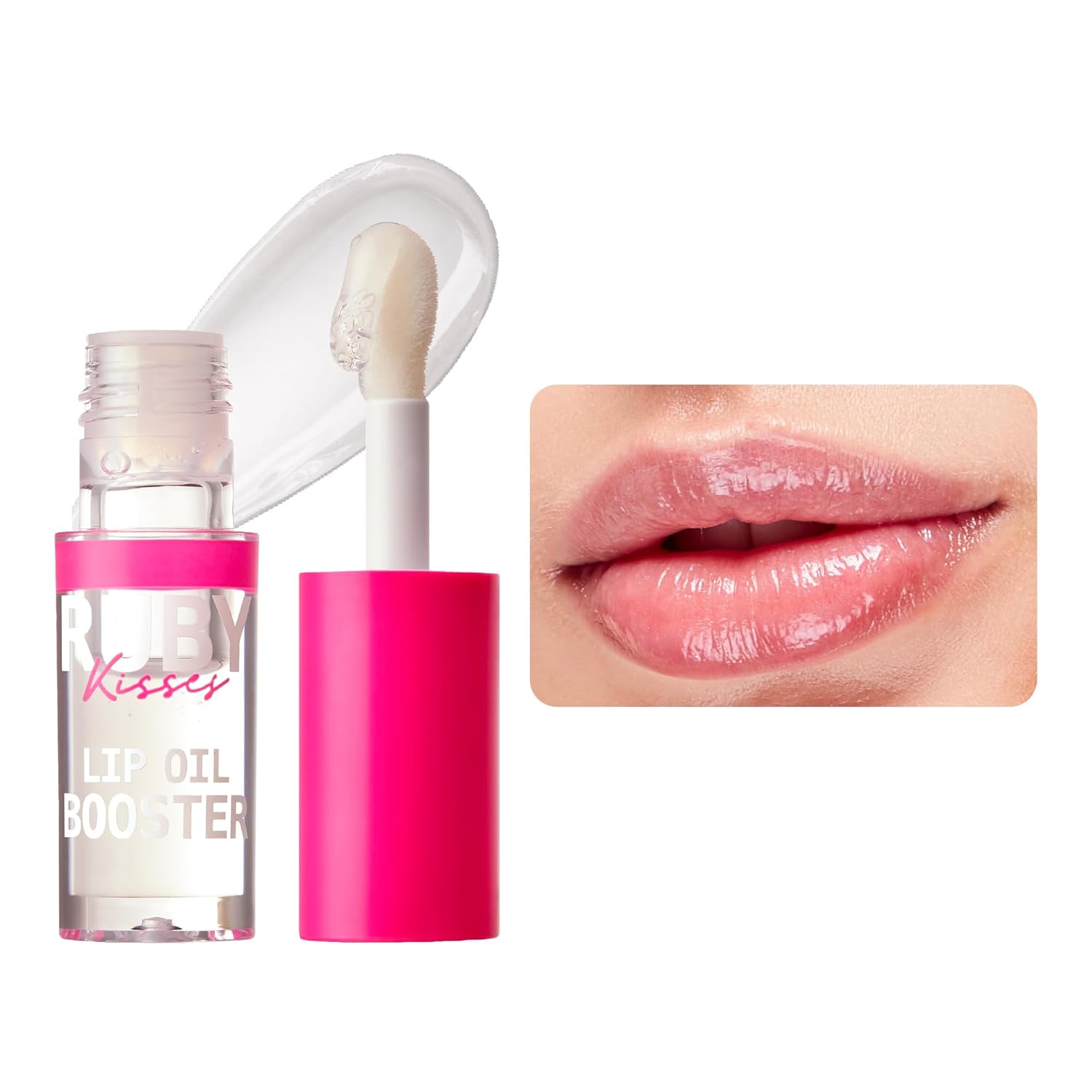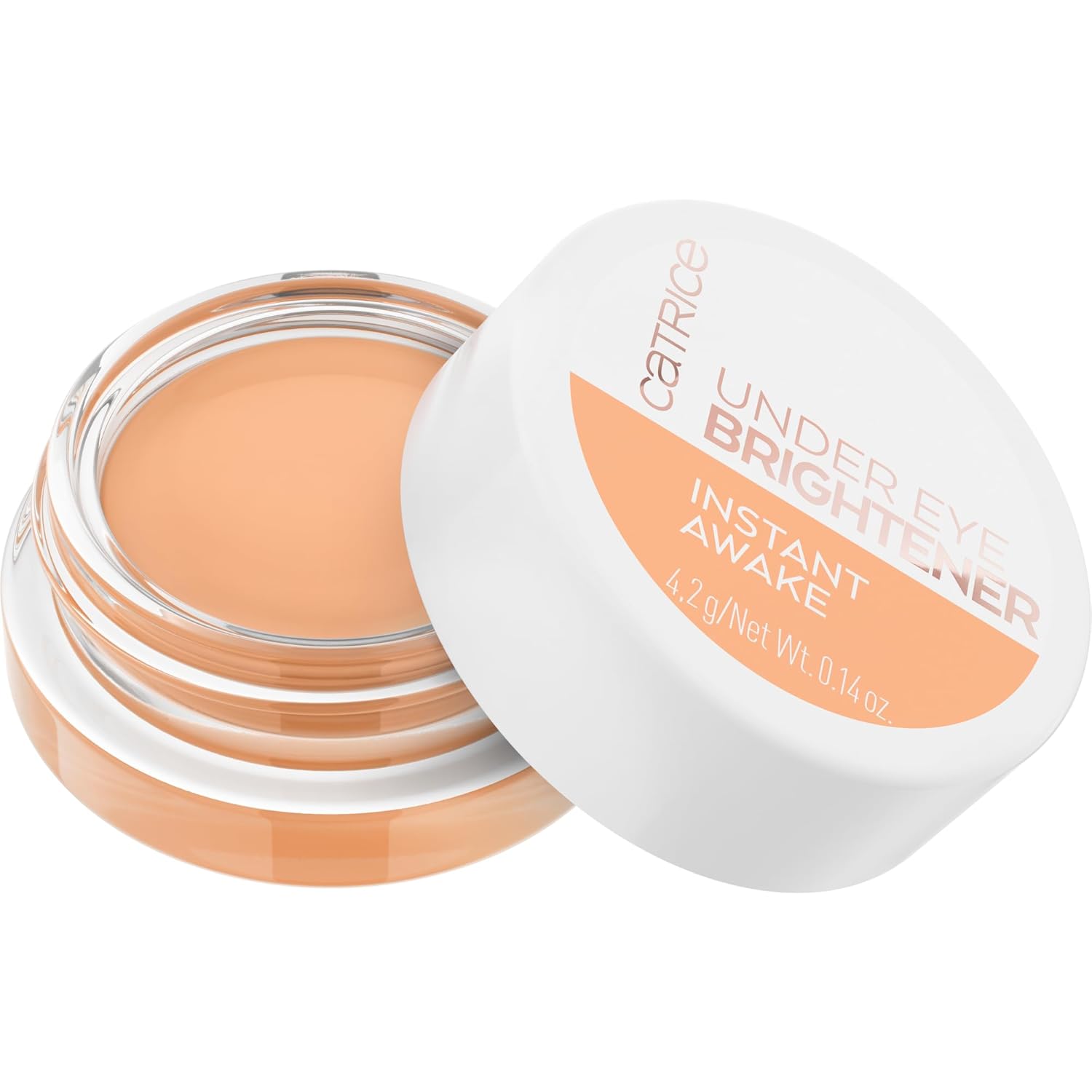
Nevertheless, we are seeing more women embracing their natural texture while holding onto their length and they are making it work successfully. It just takes a few pointers in the right direction, and what better place to get that help than the Curly Q&A section! Levysamantha had a question on how to handle her tangles during wash day and it was a good question because many women find themselves in the same boat needing a little guidance.
Question
How do I keep my natural and relaxed hair from becoming a tangled mess when I wash it? I’m only about three to four months post relaxer while I only use heat on my hair once a month and when I wash it becomes a dry, tangled, and unmanageable mess.
Answer
You just need patience, tons of conditioner, more patience, a wide tooth comb, and sprinkle a tad more patience and sectioning. There are tried-and-true methods to detangling your transitioning hair but the point I want to drive home is applying patience to your method. Remember that Rome was not built in a day and learning to work with two textures will not happen in that time frame either. I have listed the best ways to handle those stubborn tangles without damaging or yanking out your hair.
Patience
Yes, detangling is a chore. It can be time-consuming and tiring, but it is a vital component of textured hair care. Now, there are numerous high points but with anything in life there are ups and downs. Detangling requires you to take your time so do not try to do this if you are in a hurry. You do not want to break your hair by rushing, so try and do this when you have the proper time to complete it correctly.
Work in sections
You will need at least four but you may choose more sections, especially in highly tangled areas. Working in sections allows you to better manage your hair as opposed to causing breakage and increasing frustration. Working in sections allows you to twist up or braid the finished sections out of the way so you can focus on the next section. The object is to work each section by fully removing all the tangles prior to moving onto the next section of hair.
Use a wide-tooth comb
A wide-tooth comb allows you to detangle efficiently, remove shed hairs, and minimize damage in one fell swoop. Now, you can find any number of them at cheap prices just about everywhere, but the quality may be subpar, breaking and causing split ends from prominent seams. There are some live saver combs: Ouidad Double Detangler and Hercules Sagemann. Both are superior combs that several naturals rave about for proper detangling with snagging or breaking.
Slippery conditioner
Tangles require water and a slippery conditioner or oil. Favorites like Herbal Essences Hello Hydration or TRESemme Naturals Nourishing Moisture Conditioner pack a powerful punch in the slip department without killing your wallet. They are excellent choices for detangling prior to shampooing on wash day, but they are just two on a long list that many naturals love.







Slather each section liberally with your conditioner and remove the tangles using your fingers and the wide tooth comb starting from the ends to the roots. Spray each section with water before you apply the conditioner to remove those stubborn knots. You can even add some olive oil to really get the hair moisturized before placing a cap on after detangling each section and allowing it to sit on your hair for 15 to 30 min. prior to shampooing.
Sometimes seeing it being done is better so watch as Michelle B shows you her detangling process using all the tips mentioned above.
How To Easily Detangle Transitioning Hair
The bottom line is to not get so frustrated that you rush through it and do more damage than good. You want to effectively detangle without damaging so that you’re washing, conditioning, and styling becomes easier. Take it slow, remember this is only temporary and enjoy your transition.













